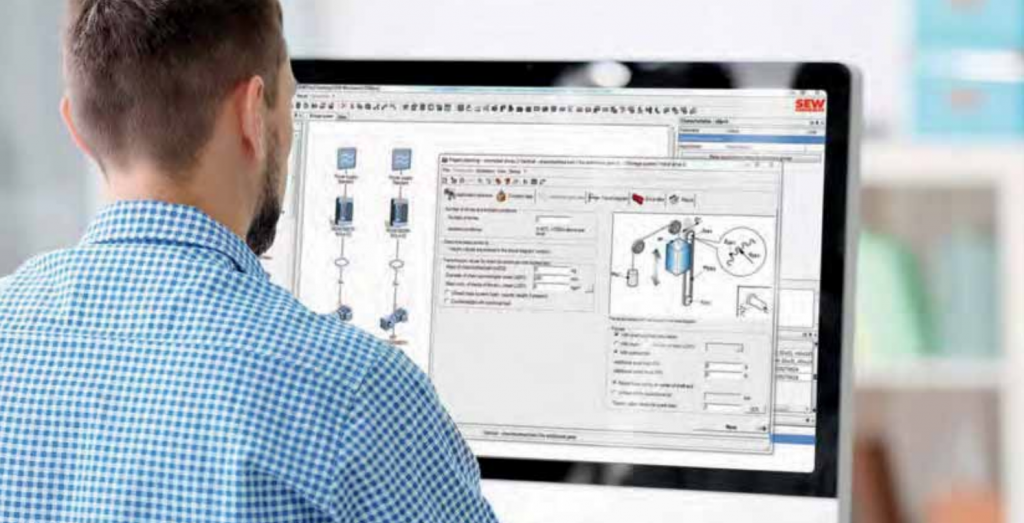The Spur, planetary, worm, harmonic, and cycloidal gearing systems are among the many gearing technologies available today. However, the harmonic gearboxes of the RDrive servos use the strain-wave gearing technology, more details about this is available here: https://rozum.com/zero-backlash-gearbox/
The Strain-wave gearing innovation was invented by C.W. Musser in 1957. Since then, this technology has evolved extensively with the following innovations.
Close to Zero Backlash: This leads to overall performance enhancement, high levels of positional accuracy, durability, and maintenance-free service life.
Increased gearhead ratio: This feature enhances high-torque and low-speed output in motors with smaller sizes. The best part is that the ratio can be reconfigured without altering the device size or design.
Compacted size and small weight: It helps save space in the application by reducing the overall size of the servo motor.
The Operating Principle of the Strain Wave Gearbox.
Geared Servo Motors – Enhancement via Integration
It is possible to use a servo with a gearbox without combining them into a single unit. However, integrating them together enhances the simplicity of design and creation of motion control systems.
The RDrive geared servos are designed such that the motor and the gear mechanism works together seamlessly. The feature reduces the engineering cost because it does not require additional design and integration measures.
The total length of the geared servo is shorter than the entire assembly when the servo motor is detached from the gearbox.
Besides the size advantage, it helps avoid bearing failure as a result of misalignment because the integrated unit does not need an additional coupling.
The combination of the servo with the gearing mechanism led to a more powerful, presize and durable servo that uses power efficiently.
With the advances in technology there will be more advanced gearbox with greater capabilities soon.

